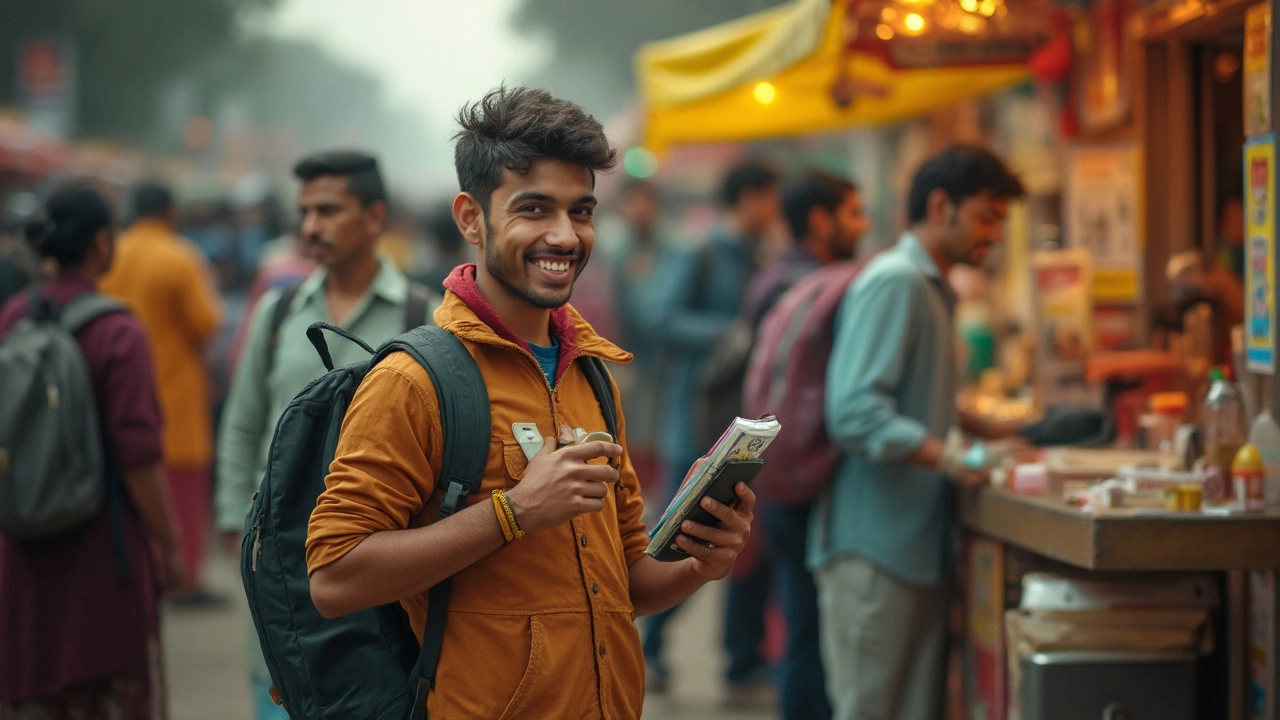India Visa Info: What You Need to Know Before You Travel
When planning a trip to India, the India visa info, the official entry requirements for foreign visitors to India. Also known as Indian tourist visa, it’s the first thing you should sort out before booking flights or hotels. Whether you’re from the U.S., the U.K., Australia, or anywhere else, India doesn’t let just anyone walk in — you need permission, and it’s not as complicated as it sounds.
Most travelers apply for an e-Visa, an electronic travel authorization that replaced paper visas for tourists. It’s fast, online, and works for tourism, business, or medical visits. You can get it in under 72 hours if you apply correctly. But here’s the catch: you can’t use it for long-term stays, volunteering, or journalism. If you’re planning to stay longer or work, you’ll need a different type of visa — and that’s where things get trickier. Also, make sure your passport has at least six months left before it expires. Many people miss this and get turned away at the airport.
For Americans, the process is straightforward. You apply online, upload a photo and passport page, pay the fee (around $100), and wait. No embassy visits. No interviews. But don’t wait until the last minute. Even though it’s fast, delays happen — especially during peak season. And yes, you need to print the approval email and carry it with you. Airline staff will ask for it before boarding. India also has strict rules about where you can enter and exit. Your e-Visa only works at 30+ designated airports and seaports. If you plan to cross from Nepal or Bangladesh by land, you’ll need a regular visa — the e-Visa won’t cut it.
Another thing people forget: your visa doesn’t guarantee entry. Border officers can still turn you away if they think you’re overstaying, don’t have enough money, or can’t show a return ticket. So keep your flight details handy. And if you’re planning to visit religious sites like the Golden Temple or Kashi Vishwanath, some places require extra registration — but that’s separate from the visa. Don’t confuse the two.
India’s visa rules change often. What was true last year might not be true now. The government updates the e-Visa portal regularly, so always check the official site — not third-party agents. Many charge extra fees for services you can do yourself for free. And if you’re a citizen of a country that doesn’t qualify for e-Visa, like Afghanistan or Iraq, you’ll need to apply through an Indian embassy. That takes longer, but it’s still doable.
Don’t let visa confusion stop you. India’s culture, food, temples, and landscapes are worth the paperwork. Once you’ve got your visa sorted, you’re free to explore everything from the Himalayas to Goa’s beaches. Below, you’ll find real traveler stories, tips on avoiding common mistakes, and updates on recent changes to visa rules — all based on actual experiences, not guesswork.
Budget Travel India: How to Prepare the Smart Way
Thinking about backpacking India without burning through your savings? This guide walks you through all the basics for a smart, cheap, and safe journey. Get real tips for handling visas, money, vaccinations, and what to pack. You’ll know how to dodge common scams and stick to your budget. Travel light, spend less, and see more—that’s the plan.
Read more